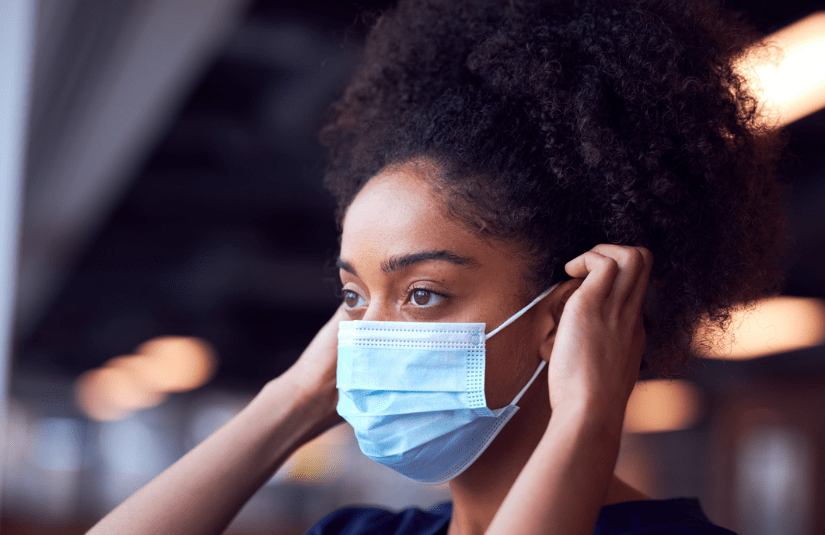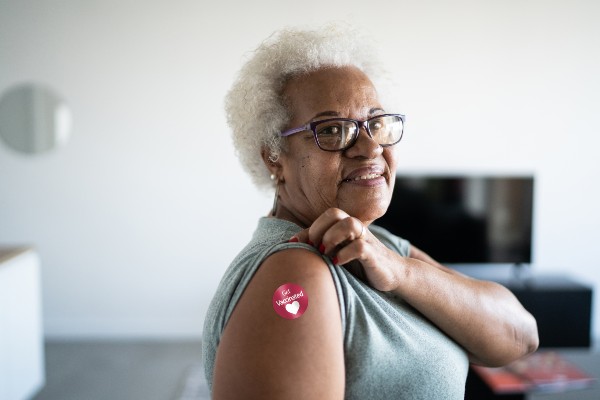In late December 2021, the Centers for Disease Control and Prevention (CDC) announced that Omicron—the COVID-19 variant known for its super-charged spreading speed—had reached most U.S. states and territories. Vaccinations and boosters are still your best protection, but the director of the National Institutes of Health has recommended that you wear a mask indoors for additional protection.
Here’s the caveat: Cloth masks and ill-fitting surgical masks are no match for Omicron.
To keep this variant at bay, the CDC recommends that you upgrade to a mask with higher filtration and better fit. Here’s what we know about what works and what doesn’t.
- Best bet: N95, KN95, KN94 respirators. N95 masks are approved by the U.S. National Institute for Occupational Safety and Health (NIOSH). KN95 masks are typically made in China, while KN94 masks come from Korea. KN95 and KN94 masks have four layers, one of which is electrostatically charged to keep virus particles from passing through. You can see how your mask performed in filtration tests and check for counterfeits on the CDC’s website.
- Moderate protection: double masking. The CDC’s most recent guidance is that you need a snug-fitting mask with at least two layers. If you can’t find or can’t afford top tier masks, layer a disposable surgical mask (or two) under your cloth mask.
- Basic protection: surgical masks. These blue and white masks often have ear loops and adjustable nose clips to help them fit more snugly against your face. Many have a light, breathable layer of polypropylene, the same electrostatically charged material inside N95 masks. To make them as effective as possible, clamp the nose clip tight against your nose and adjust the ear loops to minimize gaps.
When you’re deciding how to mask up, remember to think about fit. Masks with ear loops tend not to fit as snugly as those with head bands. To make a mask as effective as possible, clamp the nose clip tight against the bridge of your nose and adjust the ear loops to minimize gaps.
It’s just as important to think about location. Even with Omicron, the CDC says the risk of transmission is lower when you’re outside than when you’re indoors. Though health experts advise mask-wearing anytime you’re in an area of high transmission, it’s important to note Omicron has caused a 227% increase in COVID-19 cases as of the first week of January. That means much of the nation is a high-transmission area.
We are a pandemic-weary nation. Many people are looking forward to a time when masks are for Halloween, paint-stripping, and woodworking. For now, choose the highest filtration mask possible to help slow the spread of this variant.



